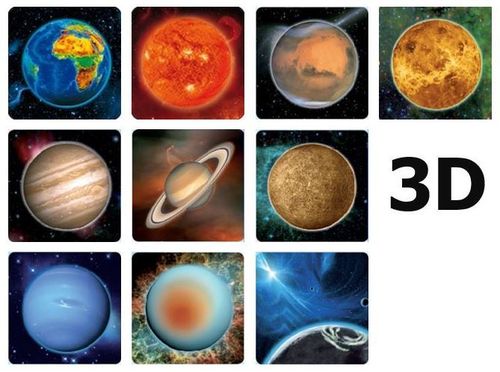Departure into space – The first on the way into space

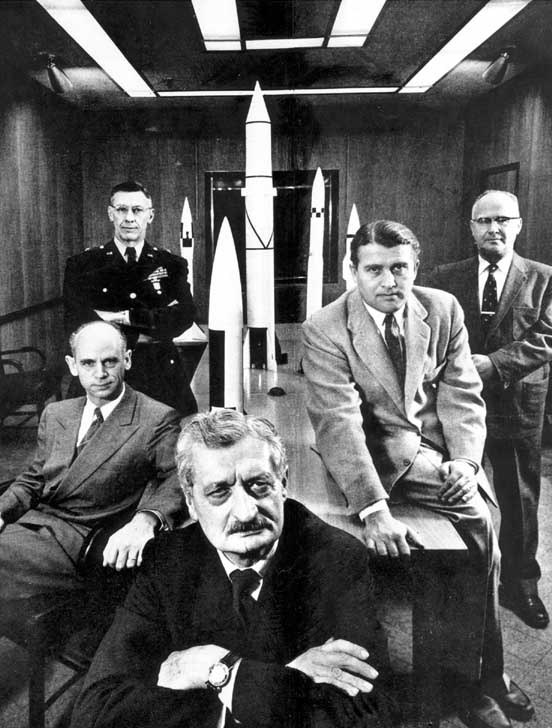 |
.... |
Hermann Oberth
Hermann Oberth created the theoretical foundations of space travel and accompanied humanitys departure into space from Peenemünde to the moon landing. He was born in Transylvania in 1894, was a high school teacher of physics and mathematics, a pioneer of space travel and a committed free spirit, not only in the field of rocketry and space travel. He had submitted his seminal book "The Rocket to the Planetary Spaces" as a dissertation at the University of Heidelberg. Scripture was rejected because no one felt able to judge it. Image: From left to right: Dr. Ernst Stuhlinger, Major General Holger Toftoy, Professor Herman Oberth, Dr. Wernher von Braun, Dr. Robert Lusser. NASA |
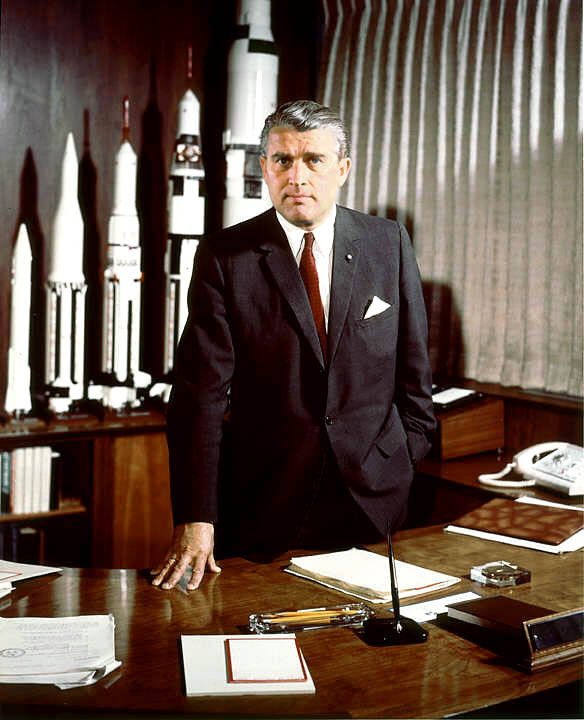 |
Wernher von Braun
Wernher Magnus Maximilian Freiherr von Braun (1912-1977) was the leading genius of German rocket development and the American Apollo lunar program. He was technical director of rocket development in the army research institute Peenemünde and in charge of the development of the Aggregat 4 / V-2. After the Second World War, he promoted the idea of a trip to the moon in America and finally was leading the development of the Saturn V rocket at NASA, with which the first humans were taken to another celestial body. Image: Wernher von Braun. NASA |
|
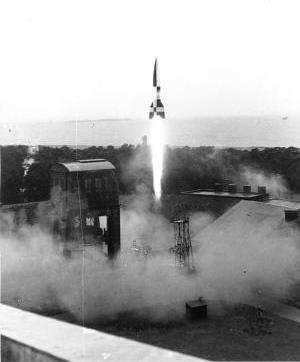 |
Aggregat 4 / V-2 Rocket
The development of the Aggregat 4 began already before the beginning of the Second World War in the army test center Peenemünde and was continued after the war both in America, and in Russia. The entire modern development of spacetravel is based on the designs of this rocket. On 3 October 1942, an Aggregat 4 touched outer space above the Baltic Sea at Peenemünde on the island of Usedom for the first time. In height tests, the rocket later rose up to 184 km into the sky. The first images of the Earth from space were also taken by a V-2 rocket, which the Americans had brought to the United States of America after the war. Image: Start of an Aggregat 4 / V-2 from Teststand 7 in Peenemünde, Summer 1943. Bundesarchiv |
|
 |
Sergej Koroljov
Sergey Pavlovich Koroljov (1907-1966) was the leading spirit of Russian missile development. After the Second World War one also tried to connect to the V-2 technology here. Koroljov then went completely new ways and developed with the "Soyuz" a rocket that brought Gagarin as the first man into space and is still used in the 21st century for flights to the ISS. Image: Koroljow Monument, NTUU KPI, Kiev, Ukraine |
|
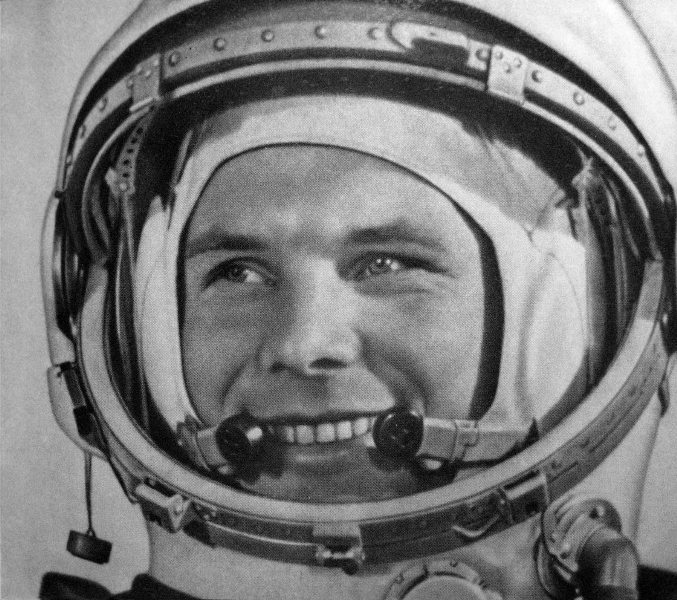 |
Juri Gagarin
On April 12, 1961, Yuri Gagarin startet from the Baikonur Cosmodrome to become the first human being into space. He orbited the earth with the spaceship Vostok 1 for one time. Image: Juri Gagarin |
|
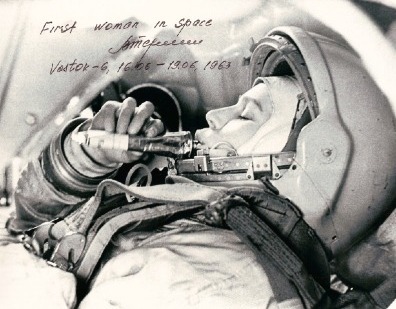 |
Valentina Tereschkova
On June 16, 1963 Valentina Tereshkov launched as the first woman into space from the Baikonur Cosmodrome. Her journey with the spaceship Vostok 6 took almost three days. She orbited earth 49 times. Image: Valentina Tereschkova |
|
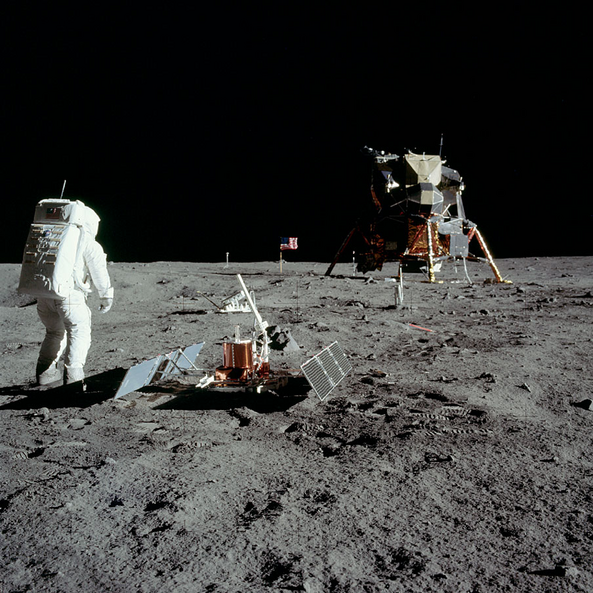 |
Moon Landing
On July 16, 1969, Michael Collins, Neil Armstrong and Buzz Aldrin launched with a Saturn V rocket to the moon. Four days later, Neil Armstrong and Buzz Aldrin landed on the moon, while Michael Collins steered the spacecraft in lunar orbit. On July 24th, all three astronauts landed safely on Earth again. Image: Buzz Aldrin and the Lunar Lander on the surface of the moon. NASA |
|
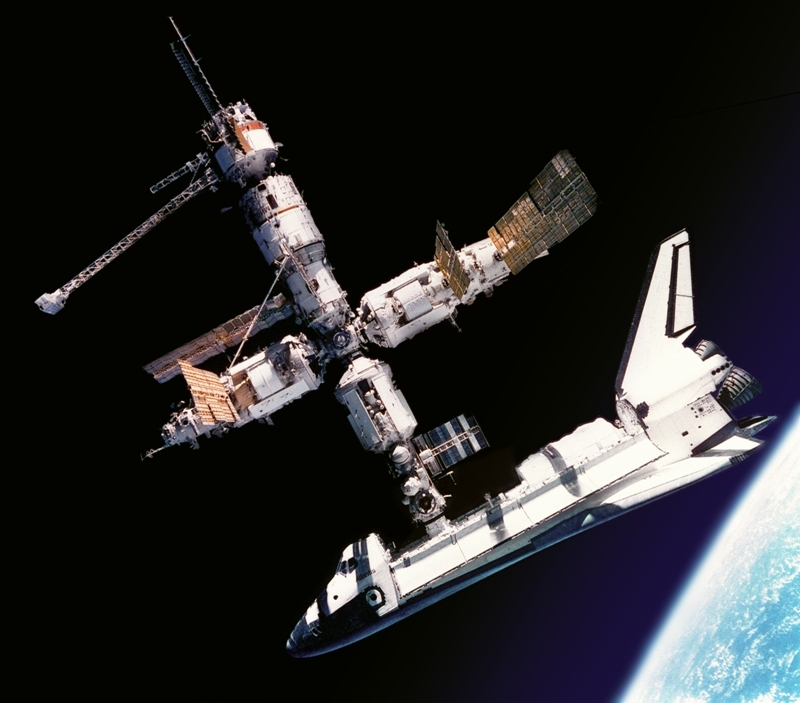 |
Atlantis and Mir
The American space shuttles were the first reusable spacecraft and since 1981 in use. The Russian Mir was the first space station. Its base block was shot into space in 1986. Originally designed for a seven-year life span, it was not until 2001 that it has been forced to crash over the Pacific Ocean. Image: Space shuttle Atlantis coupled on space station Mir, July 1995. NASA |
|
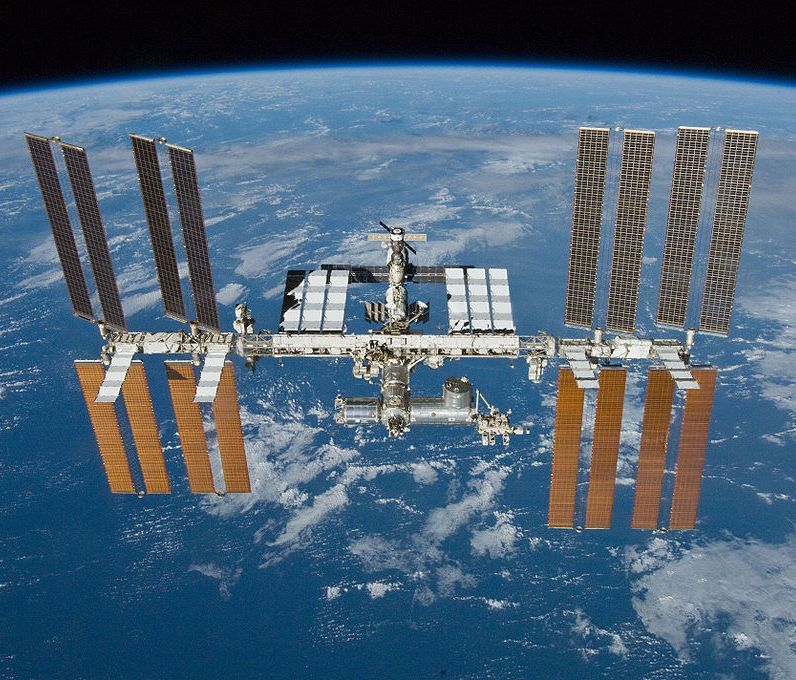 |
International Space Station ISS
The ISS is the first international space project involving 16 nations in 2009. The construction of the station began in 1998. When completed in 2011, it had a weight of over 400 tonnes and dimensions of about 110 x 100 x 30 m. By the year 2009, more than 170 people visited the ISS, five of them were tourists. Image: International Space Station ISS in 2010 |
|
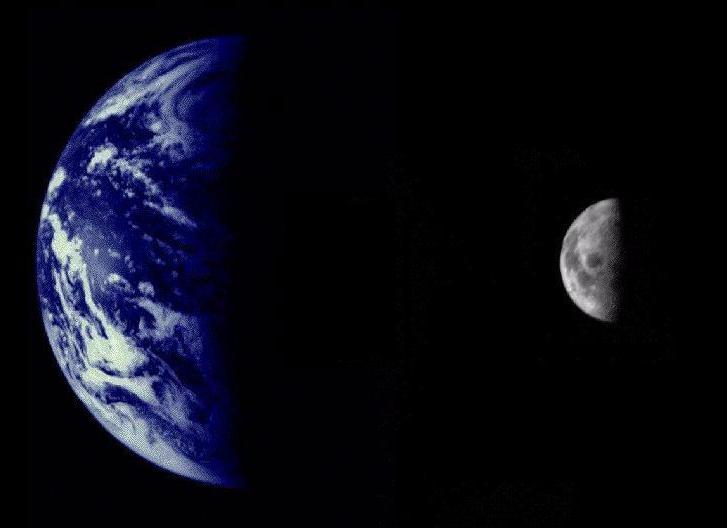 |
Departure into Space
We are currently exploring the vastnesses of space with space probes and telescopes in search of exoplanets and life on other celestial bodies. NASA is planning a manned flight to Mars. Although the groundbreaking technology leap for interstellar travel is still pending, it almost seems like it's just a stone's throw away ... Image: Earth and Moon photographed by Mariner 10 in 1973 |
Net prices without VAT or delivery





